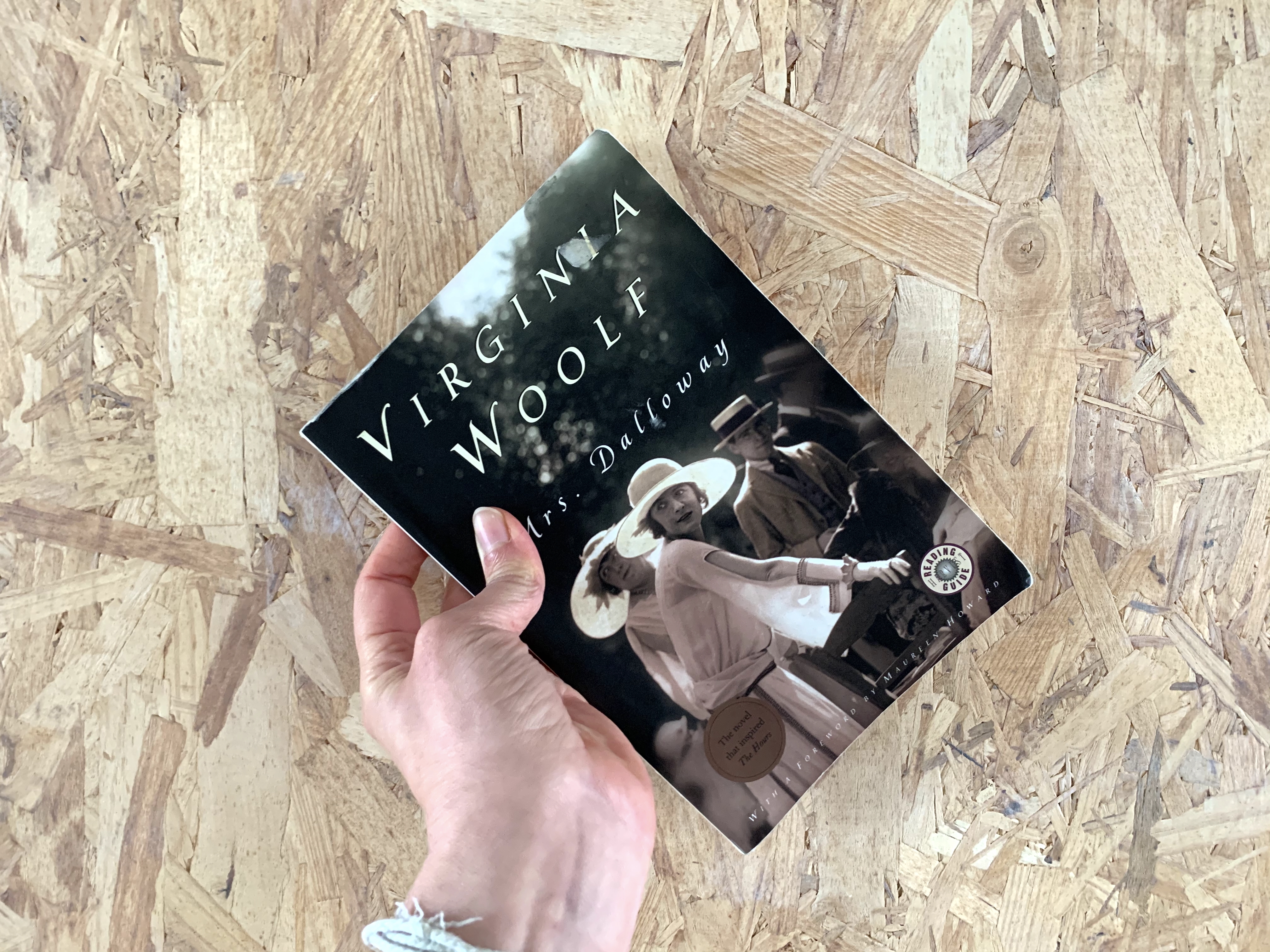I have this fantasy of encountering an adolescent and giving them precisely the book they need at that moment in their life, like some kind of bookish fairy godmother. There are books through time that I read at precisely the right moment of my life, and I want to bring that to someone else.
But simultaneously, it seems, I need to learn to listen to my friends. Because at least two of them told me to read Mrs. Dalloway years ago, and I’ve only just finished it. And holy heck, I see what I was missing.
Mrs. Dalloway is the sort of book whose plot is almost incidental; it’s an experiment in style and storytelling, and what’s more, it’s an experiment I’ve been considering since I was very young. I remember, growing up, watching movies and thinking how cool it would be if, partway through a story, you simply jumped out of the main character’s head and into that of a passerby. No warning; no follow-up. And that, to a certain extent, is what Virginia Woolf does in Mrs. Dalloway. A narrator whose omniscience is hemmed in by a close third-person perspective for pages at a time guides the reader through the people who brush paths with the titular character, in an almost stream-of-consciousness narration. There are no chapter breaks; there are no warnings when the reader abandons the head of one character to delve into the next.
Mrs. Dalloway plays with the very structure of the brain’s expectations of storytelling, and I cannot believe I’d never read it before now.
